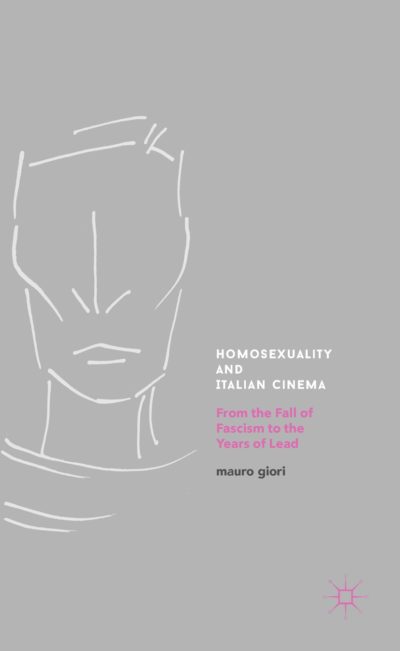10.Maternità, relazione, vulnerabilità: Una prospettiva filosofica
by Anna Argirò
This article focuses on motherhood as a point of arrival for the biological and social spheres, as well as the public and private, the physical and psychic. Feminist philosophies of our age converge and confront each other around this topic. The article proposes that we emancipate motherhood from its biological status by elevating it into a philosophical category which allows us to reflect on the complexity of the human condition and initiate a dialogue between the varying philosophical perspectives of contemporary feminism.









